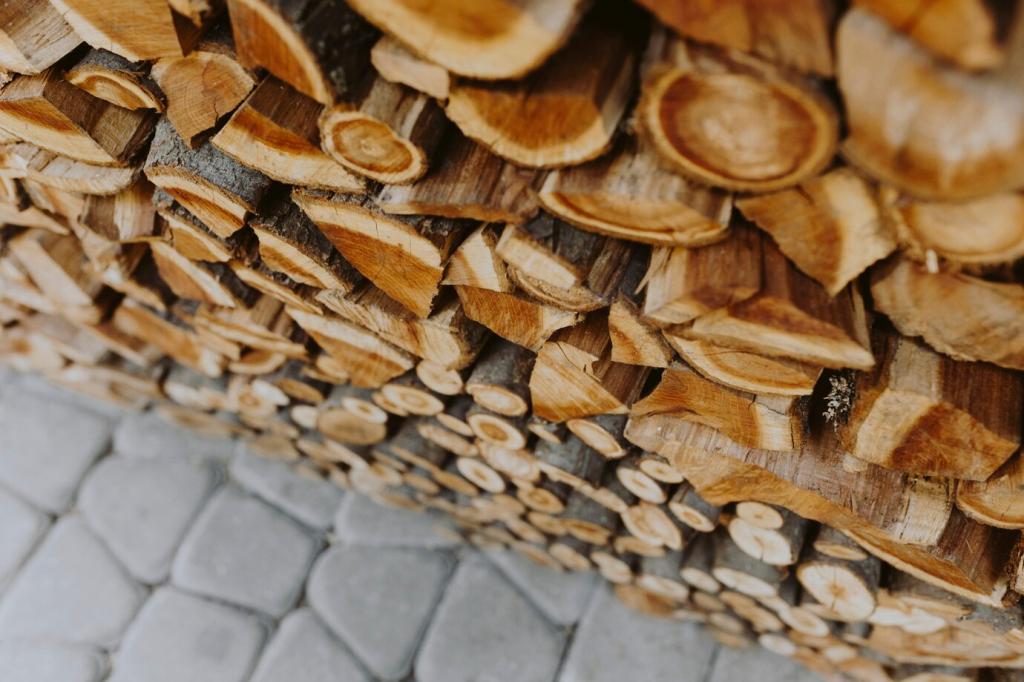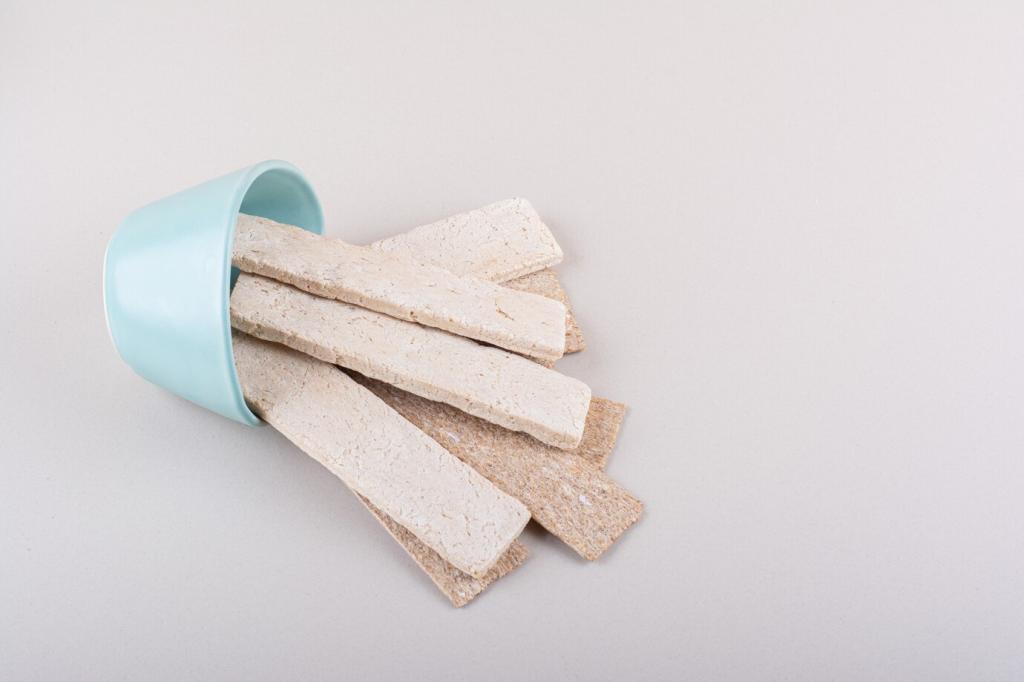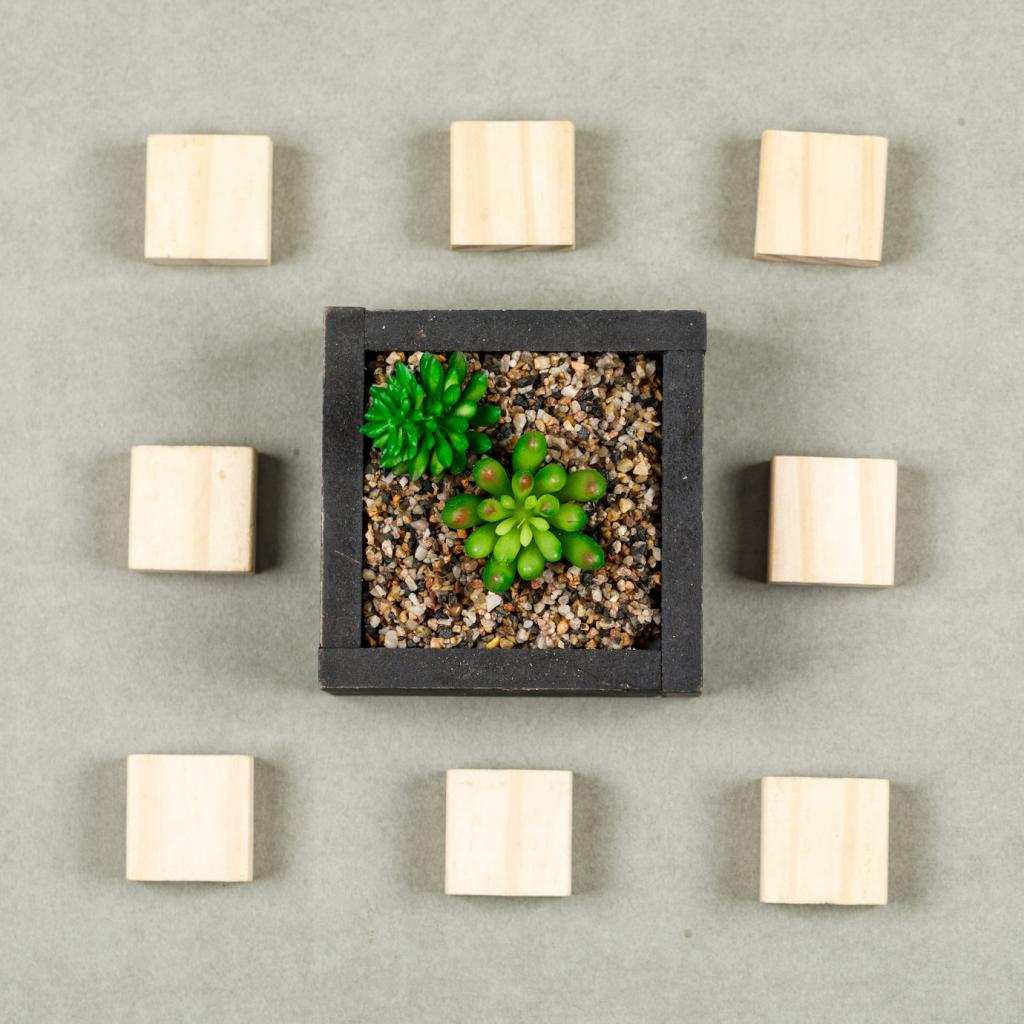
Low-Impact Building Foundations: Start Light, Build Strong
Chosen theme: Low-Impact Building Foundations. Build in harmony with soil, water, and ecosystems while meeting codes and performance goals. Explore approaches that minimize excavation, reduce embodied carbon, and leave room for nature to breathe. Join our community, ask questions, and subscribe for field-tested ideas that respect the land beneath your project.
Traditional foundations often carve deep scars through excavation, concrete, and hauling. Low-impact strategies aim to leave a positive handprint by conserving topsoil, preserving root networks, and guiding water thoughtfully so structures thrive alongside recovering ecosystems rather than despite them.

Reading the Ground: Soil, Water, and Life
Use hand augers, dynamic cone penetrometers, or small test pits to understand bearing capacity and layering without bulldozers. Document moisture, fines, and organics. Pattern recognition across the site helps target supports only where needed and avoid fragile areas that would demand heavy, invasive remediation.

Foundation Options that Tread Lightly

Helical Piles and Pin Foundations
Installed with compact equipment, helicals offer verified capacity through torque correlation and minimal spoil. They can be reversed or relocated, supporting adaptability. Pin foundations similarly distribute loads through clusters, ideal for decks or light frames where demountability and small staging areas are priorities.

Rubble Trench Done Right
A century-old idea refined: a narrow trench with compacted stone to frost depth, wrapped in geotextile for separation and drainage, finished with a grade beam. When soils drain well, rubble trenches reduce concrete, manage water at the source, and suit natural or hybrid wall systems elegantly.

Frost-Protected Shallow Slabs
Shallow, insulated slabs use thermal wings or horizontal insulation to shift the frost line. With low-GWP insulation and careful edge detailing, they limit excavation and concrete volume. Add capillary breaks, vapor control, and drainage planes to keep the slab dry and comfortable in all seasons.
Lean Concrete, Big Impact
Optimize mix designs with supplementary cementitious materials like slag, calcined clays, and fly ash where appropriate. Seek environmental product declarations and low-carbon cements that meet structural criteria. Right-size strengths, minimize overdesign, and consider precast or on-site curing strategies that reduce waste and formwork demands.
Reclaimed Aggregate and Glass
Crushed concrete and recycled glass can displace virgin aggregate in subbases and drains when screened and tested. They reduce trucking distances and landfill burdens while providing consistent drainage performance. Verify gradation and contamination limits, and coordinate with local suppliers to ensure reliable volumes.
Biogenic and Emerging Alternatives
Where codes allow, integrate timber grade beams, engineered wood sills, or geopolymer binders under light loads. Detail for moisture and termite control. Pair with breathable capillary breaks so materials can dry out. Document performance to help expand acceptance of these lighter, lower-impact solutions.
Design for Climate, Seismic, and Uplift
Frost and Heat Strategy
Use thermal modeling to size horizontal insulation, protect edges, and break capillarity. In hot regions, prioritize shading, vented gaps, and breathable layers that dry both ways. A foundation that manages temperature and moisture gracefully demands fewer heavy fixes later and remains comfortable year-round.
Seismic with Minimal Mass
Combine light foundations with ductile superstructures, continuous ties, and tested connectors. Anchor shear walls to piles or grade beams with hold-downs designed for uplift and overturning. Preplan inspection access so critical hardware remains visible and serviceable over the building’s life without invasive work.
Wind Uplift on Light Frames
Lightweight buildings can feel more uplift. Use continuous strapping, screw pile caps rated for uplift, and clear load paths from roof to ground. Verify capacity with soil data and torque logs. In hurricane zones, test hardware mockups before committing to full installation for confidence and clarity.

Layout and Verification
Use total stations or GNSS to set grids with adjustable offsets that protect trees and waterways. Verify pile torque or compaction energy and record as-built coordinates. One project corrected a misaligned pile with an adjustable cap, saving the week without rework, waste, or extra disturbance.

Light Equipment, Big Results
Choose compact rigs, tracked carriers, and matting to reduce surface pressure and ruts. Stage materials in small drops, then backfill with native soil where feasible. This quieter choreography eases neighbor relations, shortens restoration time, and keeps soil structure intact for better drainage and root health.

Underpinning from the Outside
Targeted underpinning with micropiles or helicals can bypass interior disruption entirely. Work from the perimeter, lift incrementally, and grout only where needed. Document load transfer steps and maintain livability for occupants. The lightest fix is often the one that preserves daily routines.

Lifting Gently, Lifting Safely
Use synchronized jacks and sensitive monitoring to avoid cracking and stress concentrations. Pre-score finishes, open control joints, and lift in millimeters, not centimeters. When the house settles back onto improved supports, you will have preserved character and minimized repair debris dramatically.

Community Knowledge Exchange
Your neighborhood has wisdom about soils, water, and wind. Share stories of quiet retrofits that worked, and ask questions when they did not. Post photos, compare details, and subscribe for upcoming workshops where we map lessons learned onto typical home foundation challenges together.
